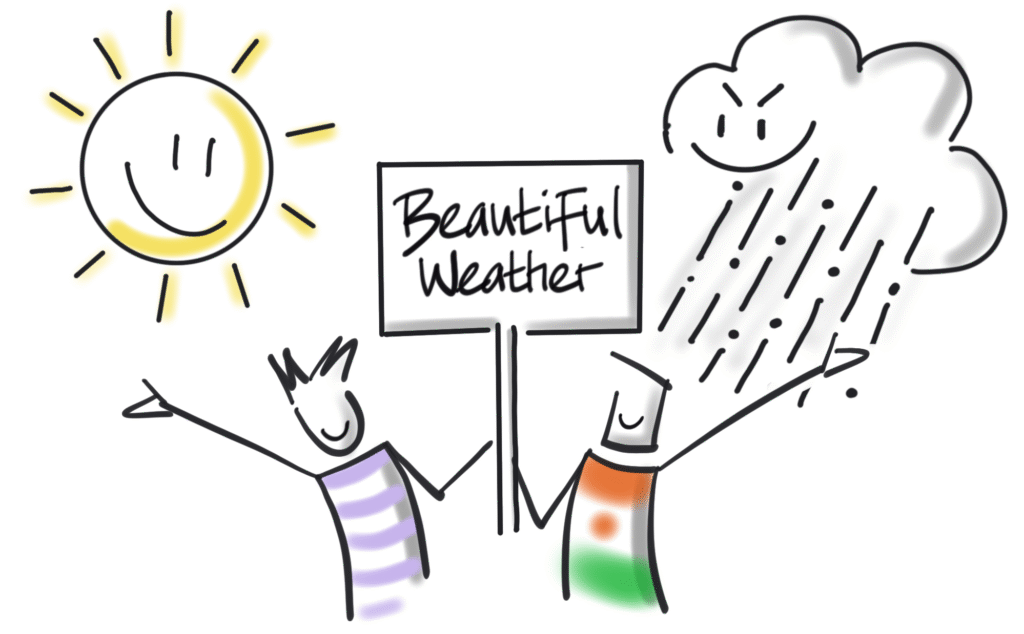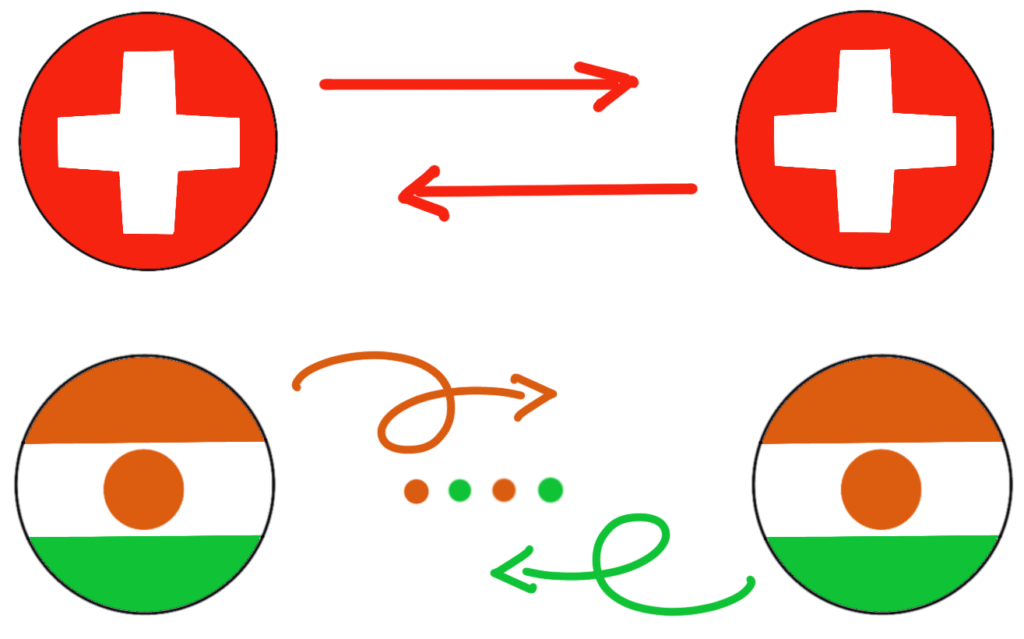Mind the Communication Gap
“Communication is culture – culture is communication.”
– Edward T. Hall
Intercultural communication isn’t just about exchanging words—it’s about exchanging meaning. Success depends not on what you say, but on whether you trigger the intended response across cultural boundaries.
Context Changes Everything
During my first assignment In Niger, West-Africa, I’d enthusiastically comment on the “beautiful weather” during clear, sunny days. My local colleagues never responded.
Months later, when the rainy season arrived, that’s when they began excitedly using the exact same expression.
Lesson learned 1: In the Sahel, “beautiful weather” means rain that brings life, not sunshine.

Lost in translation

When villagers in Niger told me to “cut the grass” around my hut when the rain season started, I dismissed their advice, appreciating my new “green space.” I understood the urgency only after encountering a snake in my doorway. They had expected me to understand the implied warning without spelling out “grass attracts snakes.”
Lesson learned 2: what’s left unsaid can be as important as what’s spoken.
Communication Styles Matter
- In Switzerland, clarity and precision are valued — say what you mean. Focus on what is said.
- In Niger, messages are wrapped in context — listen beyond words. Focus on how it’s said.

Communication Pitfalls

Even with the best intentions, cross-cultural communication faces challenges:
- Language nuances: A European colleague told his American director he was “hardly working” on a project, when he meant “working hard”
- Cultural courtesies: Is it “Mrs. Smith,” “Dear Jane,” or simply “Hi” in professional communication?
- Message delivery: Is directness valued as honesty or perceived as rudeness?
→ The ability to navigate different communication styles isn’t just a professional skill—it’s the gateway to authentic human connection across cultural boundaries.
* Edward T. Hall, Jr., American anthropologist and cross-cultural researcher



